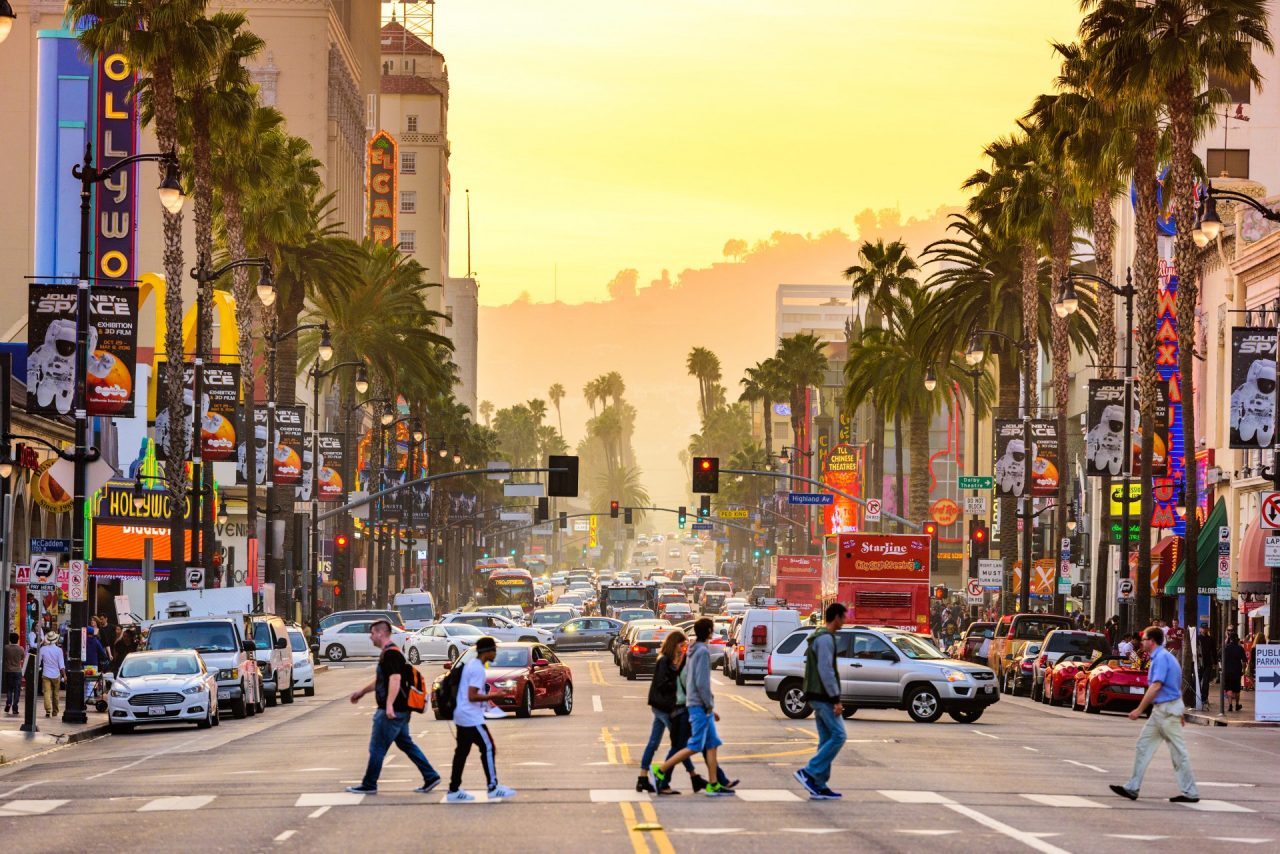Los Angeles will no longer be known only for its huge freeways. The asphalt giants populated by millions of cars travelling between Long Beach and Santa Monica, Pasadena and Beverly Hills, Riverside and Newport Beach will become part of an integrated transport system recalibrated around the concept of sustainable mobility.
It will take 30 years to redesign the face of one of the world’s largest megacities, but in 2050 the endless distances of Los Angeles will be crossed by subway lines. The ambitious plan – called the 2020 Long Range Transportation Plan – was recently approved by the Los Angeles County Metropolitan Transportation Authority board of directors, which is responsible for overseeing the development of the city’s transportation systems.
“Los Angeles is entering a transportation renaissance, a chance to redefine our city’s relationship with public transit and reimagine the ways it can be a force for good in people’s lives,” Los Angeles Mayor and Metro Board Chair Eric Garcetti said. “The Long Range Transportation Plan paves a clear path to a more sustainable, fair and equitable transportation future.”

The mega-plan that redesigns Los Angeles public transportation
The size of the plan’s funding is in line with its ambition to revolutionise the city’s mobility system by moving from road to rail transport by 2050: a record $400 billion.
To achieve this, 160 km (100 miles) of railways (mainly subways and light trains) will be built in the next 30 years. When the dust settles, Los Angeles will have a metro and railway network of 386 km (239 miles) with 200 stations.
At the same time, the plan calls for $105 billion to be invested in the expansion and modernisation of the major roadways, such as the I-5 North.
Along with large and structured mobility projects, bicycle paths and pedestrian walkways will be built, allowing better bicycle access to Downtown Los Angeles and encouraging the use of non-polluting vehicles.
Half of the funds ($200 billion) will be allocated to the maintenance and modernisation of existing infrastructure: subway lines, trains, roads, highways, bridges — strategic works for the economic growth of the city that — after years of service — will be entirely renovated.
The impact of the project on the future of LA
The Long Range Plan has already been defined the “most aggressive transit expansion plan in the nation.”
This definition perfectly describes the plan’s impact not only on modernisation of mobility, but also the development of America’s second largest city. To understand the economic importance of investment in transport infrastructure for the next 30 years, Los Angeles Metro has calculated that — once the project is completed — 21% of county residents and 36% of workplaces will be within a 10-minute walk of a fast bus or rail stop. At the same time, daily transit trips within the city will increase by 81%, time lost in traffic will decrease by 31% and harmful emissions will decrease by 19%.

Citizens give their feedback
Given it’s nearly 11 million inhabitants, Los Angeles County is the most populous in the United States, so it in not easy to agree on a common project. But unlike many other projects, the Los Angeles County Metropolitan Transportation Authority’s attempt has been to gain public support for a programme that could become a symbol for the entire city.
That’s why the board of directors’ approval is only the most recent step in a long approval process that has also involved city and county residents.
According to the Authority, 77 community events have been organized in the last two years to describe the project; plus 38 public meetings and over 20,000 survey responses on the development of the plan. In all cases, most people say the same thing: a more modern transport system is the best way to build a more sustainable city, and consequently improve the lives of those who live there.

